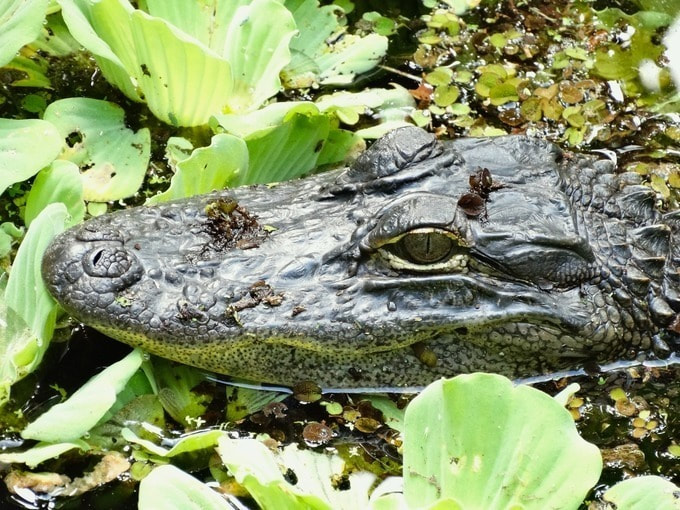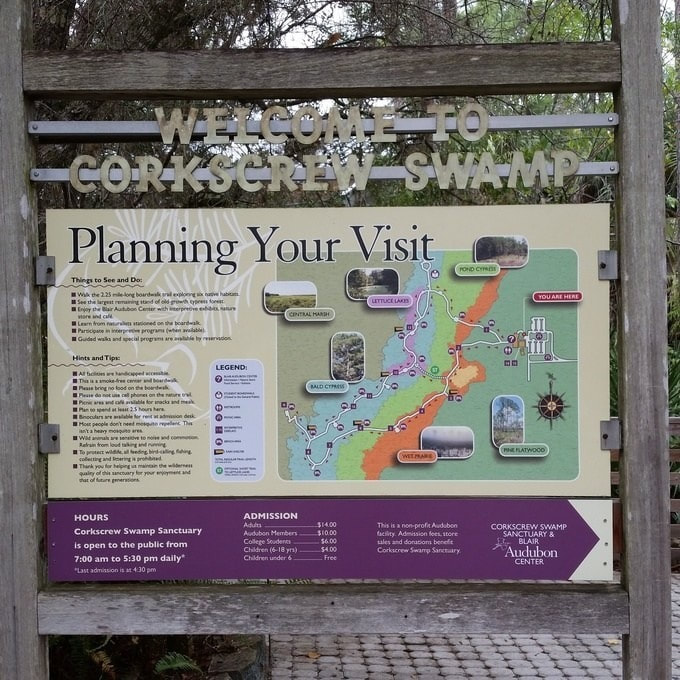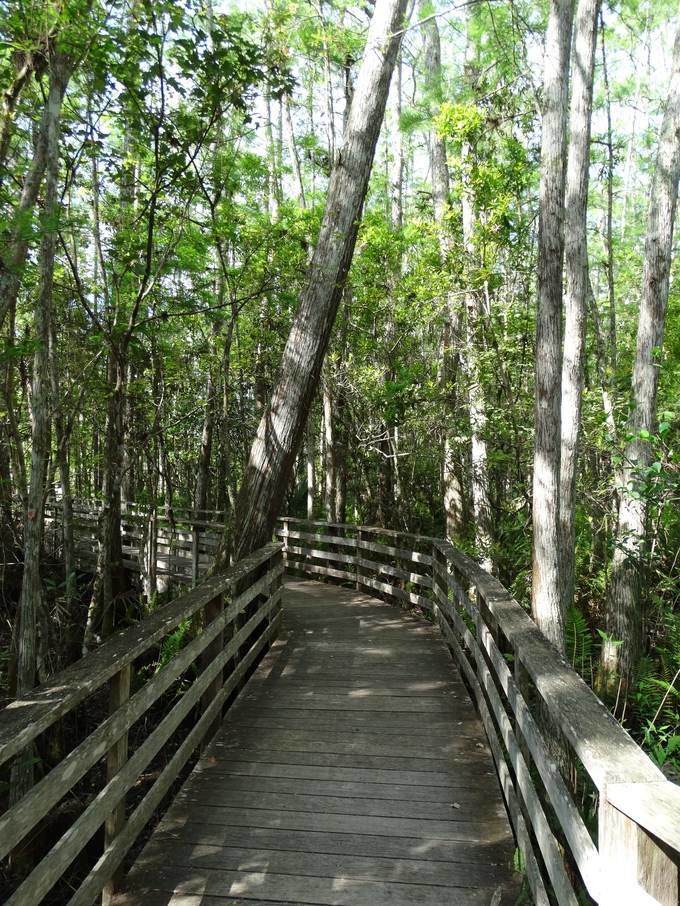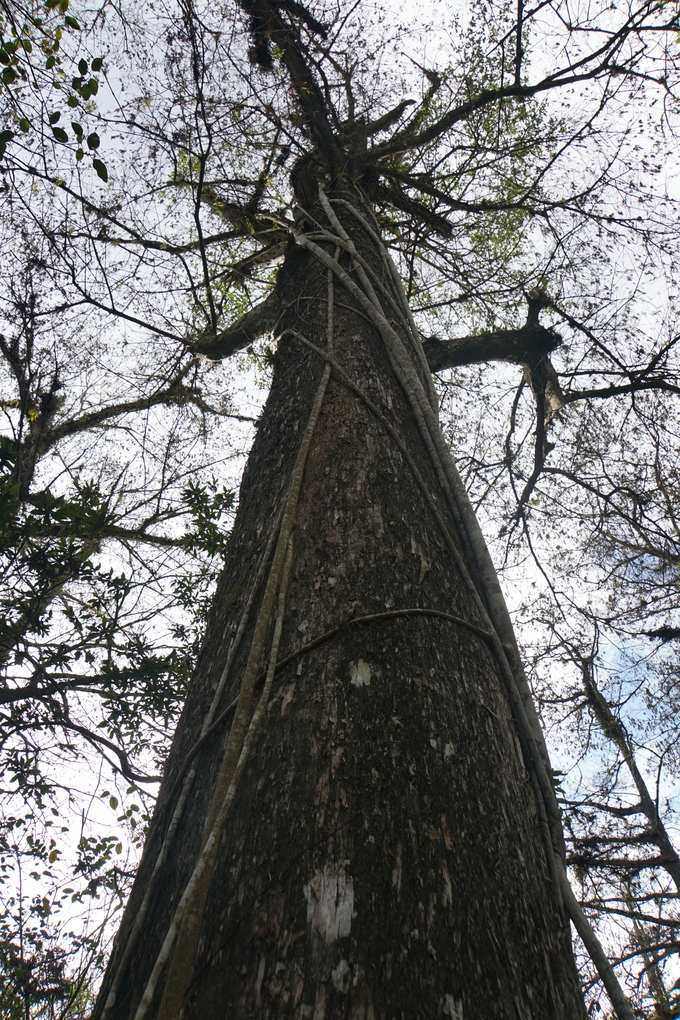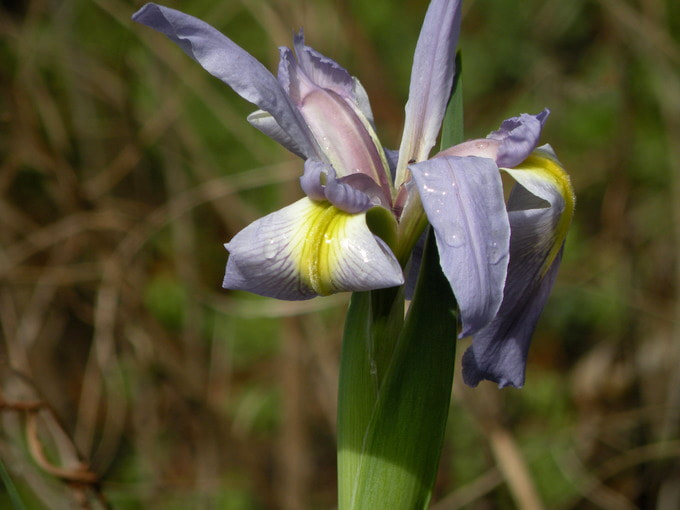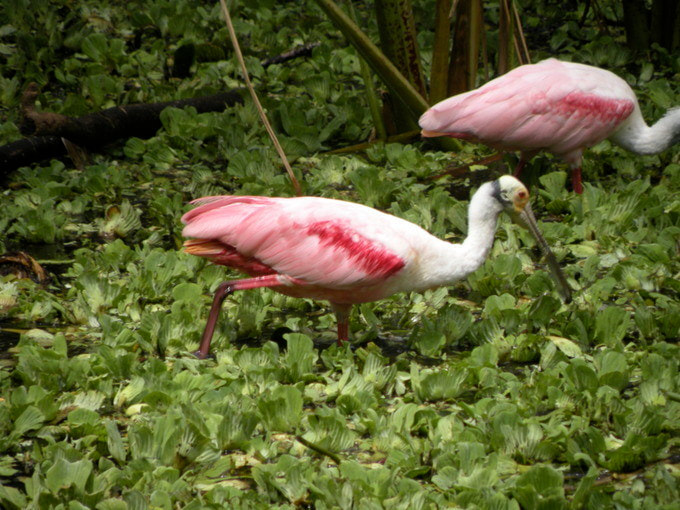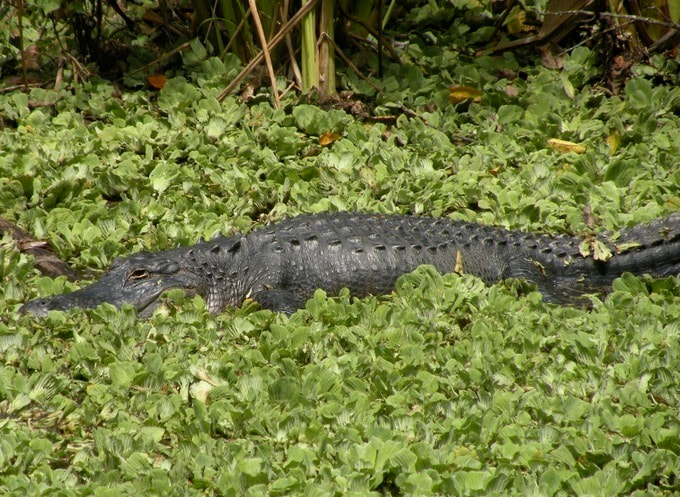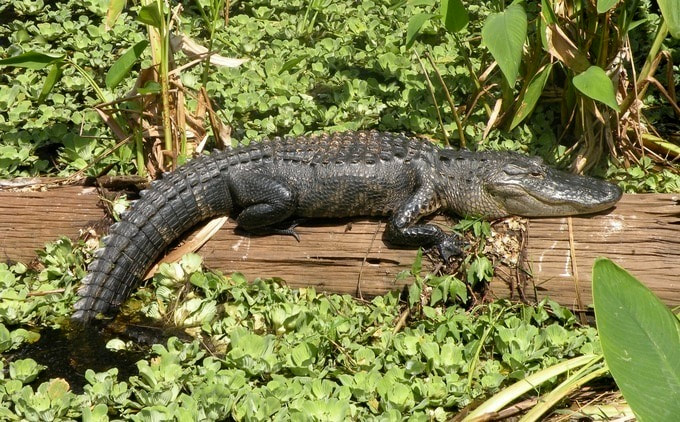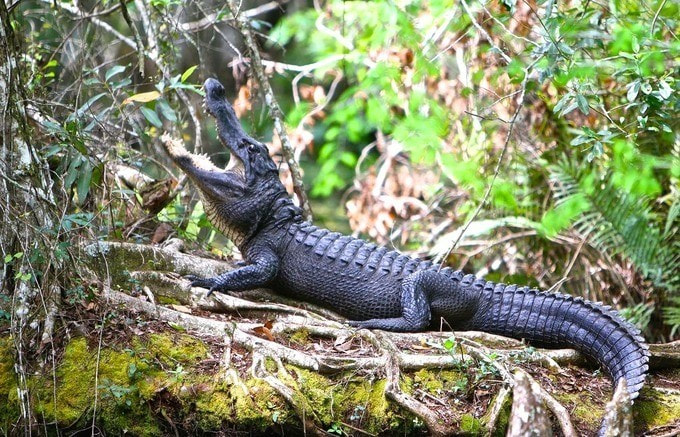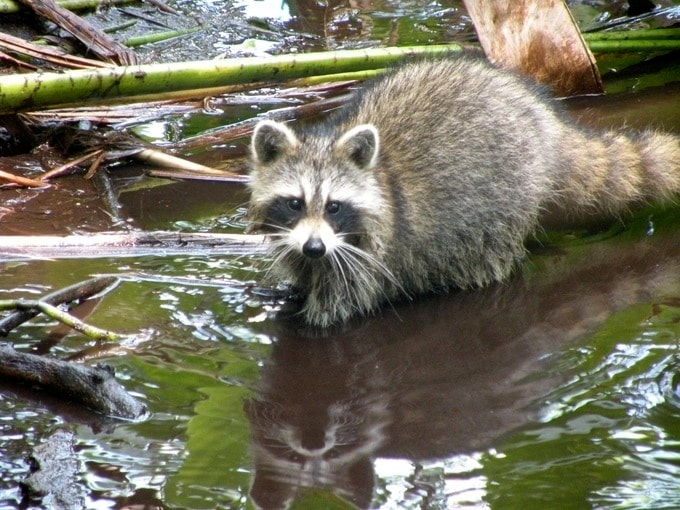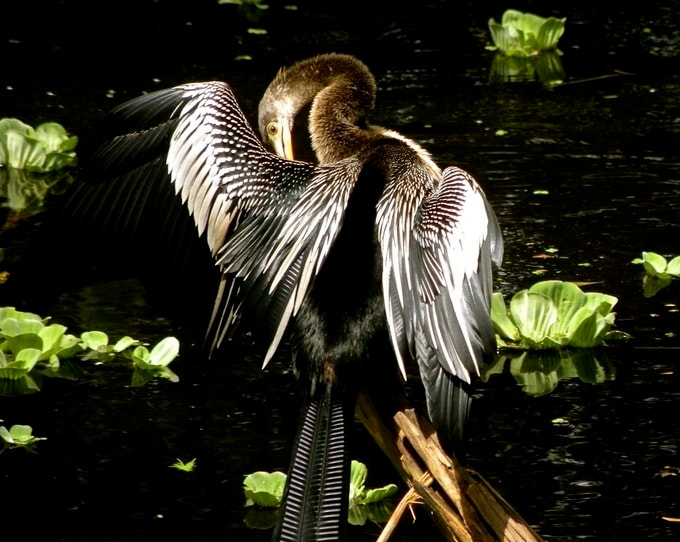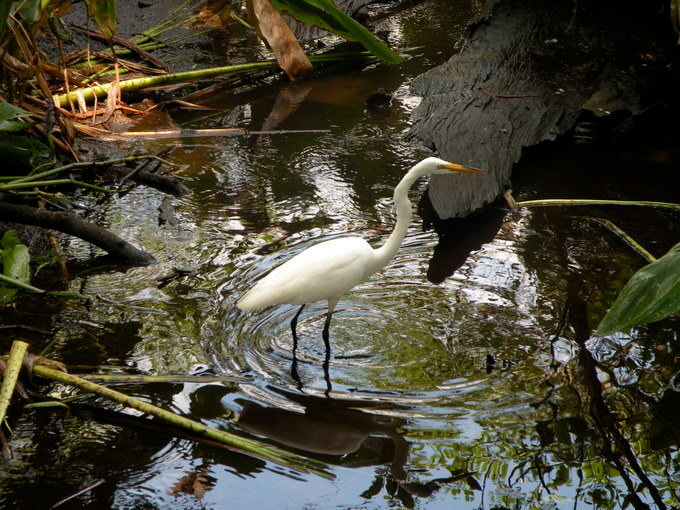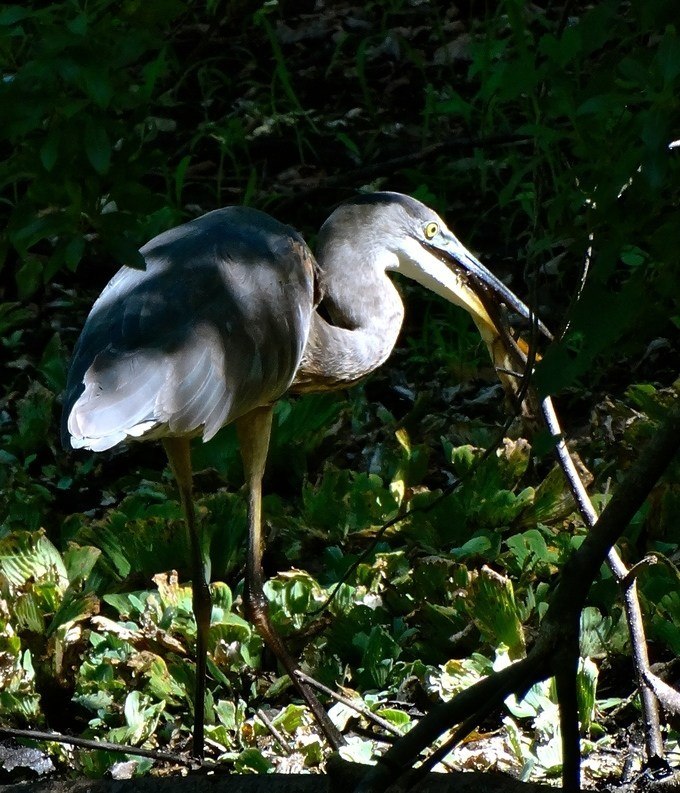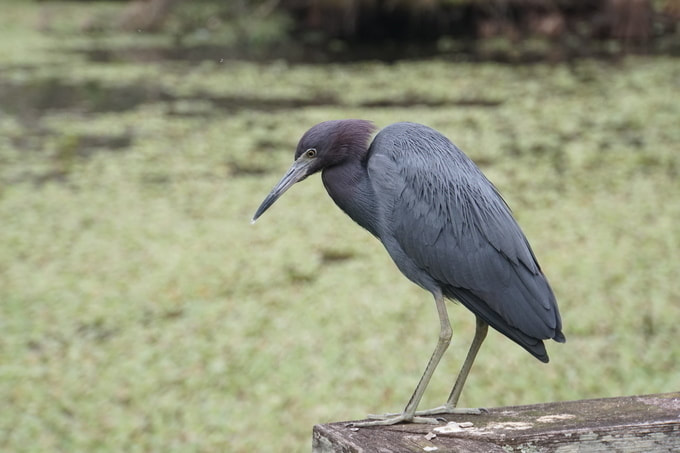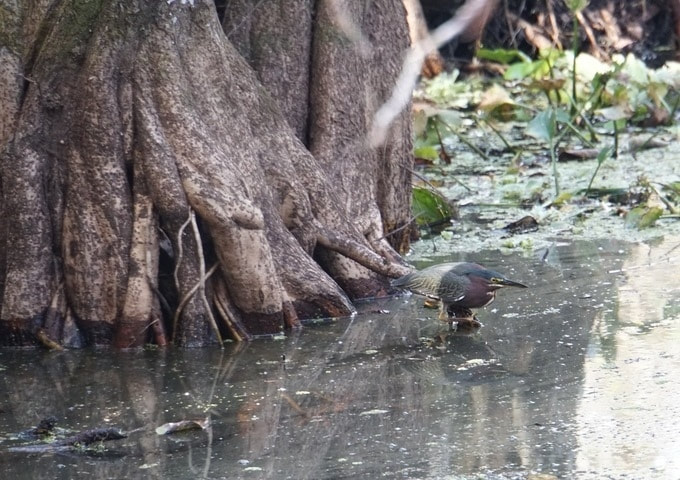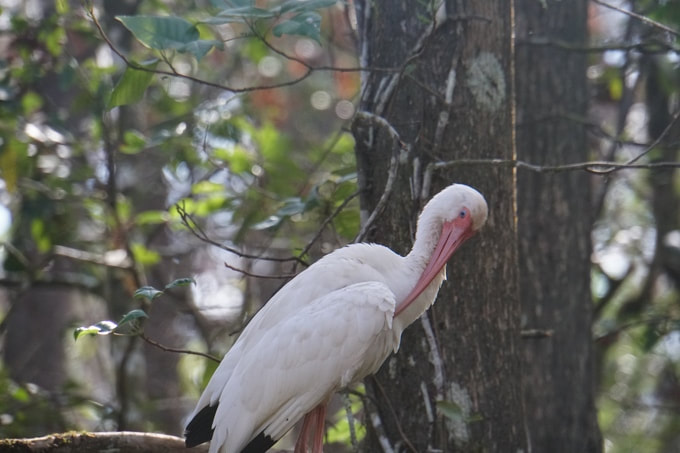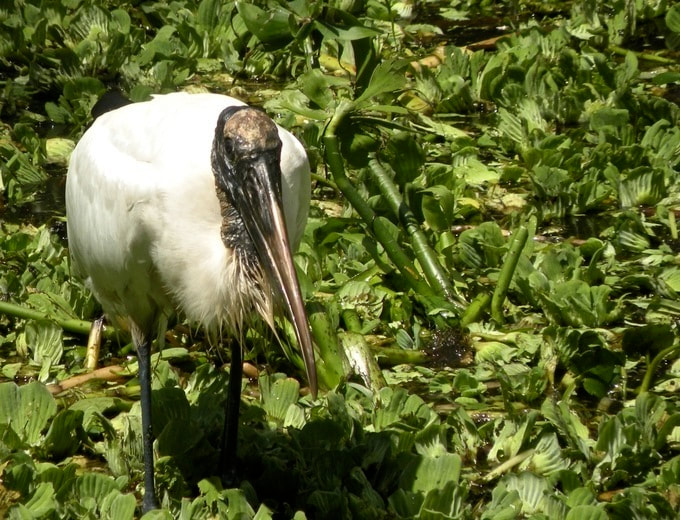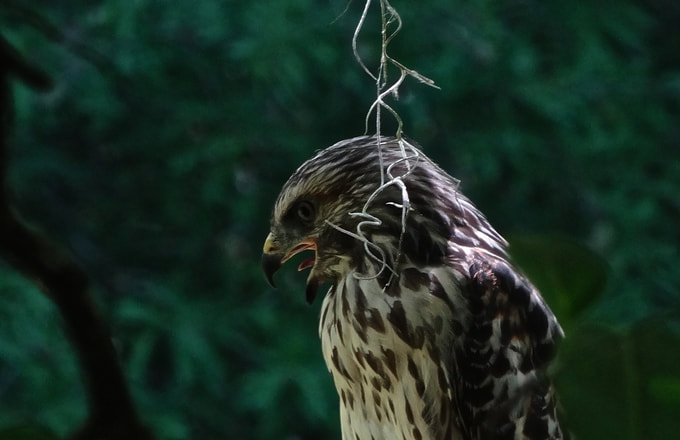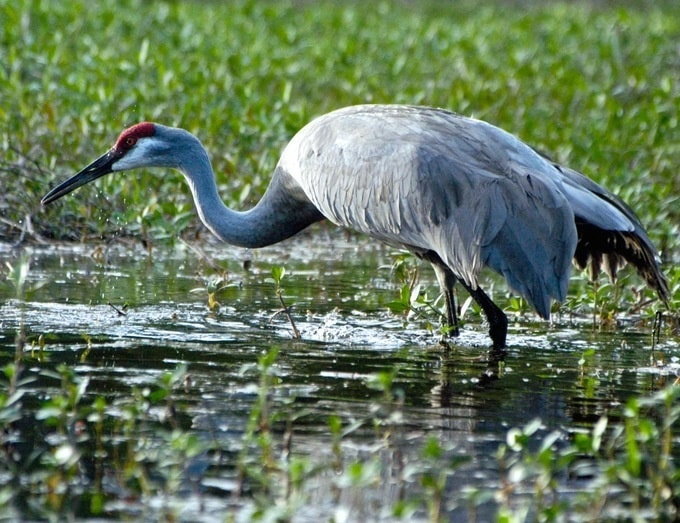Visiting Corkscrew Swamp Sanctuary
If you’re like me and want to stay dry while experiencing the flora and fauna of the swamp, I have something for you: the Audubon Corkscrew Swamp Sanctuary. It’s my number one destination when visiting Naples, Florida (this is our 4th visit since we discovered this wildlife gem in 2009).
This Sanctuary is located near Naples, and is a wonderful place to visit. It has a beautiful boardwalk leading up to the Visitor Center. There is information on the cypress trees and on Audubon’s major role in saving the wading birds of South Florida from “the plume trade”. In the early 20th century, egret and heron plumes were in high demand for the fashion industry.
The Blair Audubon Center is a new education center that has opened. It has six exhibits available including a multimedia presentation “Swamp Theatre”, a gift store and gallery.
It features a 2.5 miles of boardwalk which winds through the largest stands of virgin cypress trees in the US. Some of the trees, related to the redwoods, are draped in mosses, air plants and orchids. They are up to 130 feet tall and have a circumference of up to 25 feet … oh and if that isn’t enough … they are 500 to 600 years old.
It features a 2.5 miles of boardwalk which winds through the largest stands of virgin cypress trees in the US. Some of the trees, related to the redwoods, are draped in mosses, air plants and orchids. They are up to 130 feet tall and have a circumference of up to 25 feet … oh and if that isn’t enough … they are 500 to 600 years old.
The largest virgin cypress have all been named after important people in the national and local environmental movements – John Muir, Teddy Roosevelt, Leonardo da Vinci – and there are information plaques near them.
My husband, the naturalist, is shocked to see that nearly all cypress tress have strangler figs growing on them. Always giving me lessons on nature, he tells me that strangler figs are native to Florida and they cause their host trees to die.
Some of the trees are near enough to hug. Yes, I’m a tree hugger (I mentioned this before in this post on Muir Woods).
My husband, the naturalist, is shocked to see that nearly all cypress tress have strangler figs growing on them. Always giving me lessons on nature, he tells me that strangler figs are native to Florida and they cause their host trees to die.
Some of the trees are near enough to hug. Yes, I’m a tree hugger (I mentioned this before in this post on Muir Woods).
In addition to a botanical paradise, birds and other wildlife are often visible just off the boardwalk. There is also a board at the entrance to the boardwalk, on which visitors write about the wildlife they see. Talk about endless photo opportunities.
The boardwalk wanders through different habitats. In addition to the bald cypress, there is the wet prairie and pine flatwoods. It has two lettuce lakes. Here are two rosette spoonbills (love spoonies? you can see more photos of them here) traipsing the “lettuce”. Probably not great for a sandwich.
These shallow bowls of water and vegetation are great feeding grounds for all types of wildlife. On any given day, you can see alligators sunning themselves.
On our first visit to Corkscrew back in 2009, we saw this raccoon.
We watched him for quite a bit a time. There was a Great White Egret in the foreground and it looked like the raccoon was stalking him. I was afraid the raccoon was going to attack the egret.
Birds
If you’re a bird watcher, then you need to visit, and soon. Close to 200 species of birds make their permanent or temporary home at the Corkscrew Swamp Sanctuary. Anhinga, Egrets, Herons, and Ibis are regular tenants.
Corkscrew was created not only to protect the Virgin Cypress but also to protect and support the largest colony of nesting wood storks in the United States.
I love Red Shouldered Hawks. I was so excited to see this guy. He’s no more than 20 feet from me. He was hanging out putting on a show. My grin spreads from ear to ear as I snap picture after picture – this one is my favorite.
Corkscrew Swamp Sanctuary is one-of-a-kind and definitely worth a drive to get to! The trees are truly stunning and so is the wildlife. Here’s the ins and outs of planning your visit.
Planning Your Visit
How To Get There
Located about 30 minutes east of Naples The Sanctuary is located at: 375 Sanctuary Road West, Naples, FL 34120. Travel East on Immokalee Road about 15 miles from I-75 and you’ll come across the Corkscrew Swamp Sanctuary.
The boardwalk is open daily for visitors. April 11-September 30 from 7am-7:30pm. October 1 thru April 10 they are open from 7am-5:30pm. Located at 375 Sanctuary Road in Naples, call 239-348-9151 for more information.
Entrance fees start at $14 per person with discounts for National Audubon members, students and children. Complete details about the sanctuary can be found at http://corkscrew.audubon.org.
What Time Of Year Is The Best For Visiting The Sanctuary?
I’ve been to the sanctuary in every season, except summer on account of my mosquito magnetism. Although we plan on going during July at some point in hopes of seeing the ghost orchid bloom.
What you will see is always a crap shoot when you are dealing with wild life. They tend not to follow our schedule, but you will probably always see something good.
Have you been to Corkscrew Swamp Sanctuary? Do you know of any other such places? Let me know in the comments.
**This post may contain affiliate links. I receive a small amount of compensation when you purchase from my links which help to keep this blog running.**
Located about 30 minutes east of Naples The Sanctuary is located at: 375 Sanctuary Road West, Naples, FL 34120. Travel East on Immokalee Road about 15 miles from I-75 and you’ll come across the Corkscrew Swamp Sanctuary.
The boardwalk is open daily for visitors. April 11-September 30 from 7am-7:30pm. October 1 thru April 10 they are open from 7am-5:30pm. Located at 375 Sanctuary Road in Naples, call 239-348-9151 for more information.
Entrance fees start at $14 per person with discounts for National Audubon members, students and children. Complete details about the sanctuary can be found at http://corkscrew.audubon.org.
What Time Of Year Is The Best For Visiting The Sanctuary?
I’ve been to the sanctuary in every season, except summer on account of my mosquito magnetism. Although we plan on going during July at some point in hopes of seeing the ghost orchid bloom.
What you will see is always a crap shoot when you are dealing with wild life. They tend not to follow our schedule, but you will probably always see something good.
Have you been to Corkscrew Swamp Sanctuary? Do you know of any other such places? Let me know in the comments.
**This post may contain affiliate links. I receive a small amount of compensation when you purchase from my links which help to keep this blog running.**
